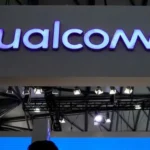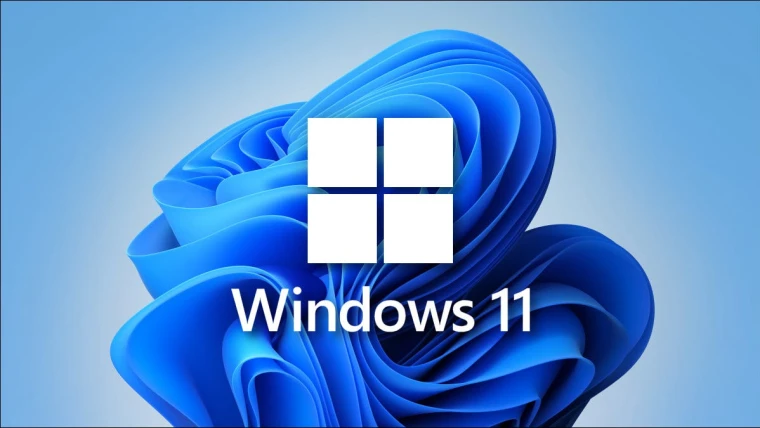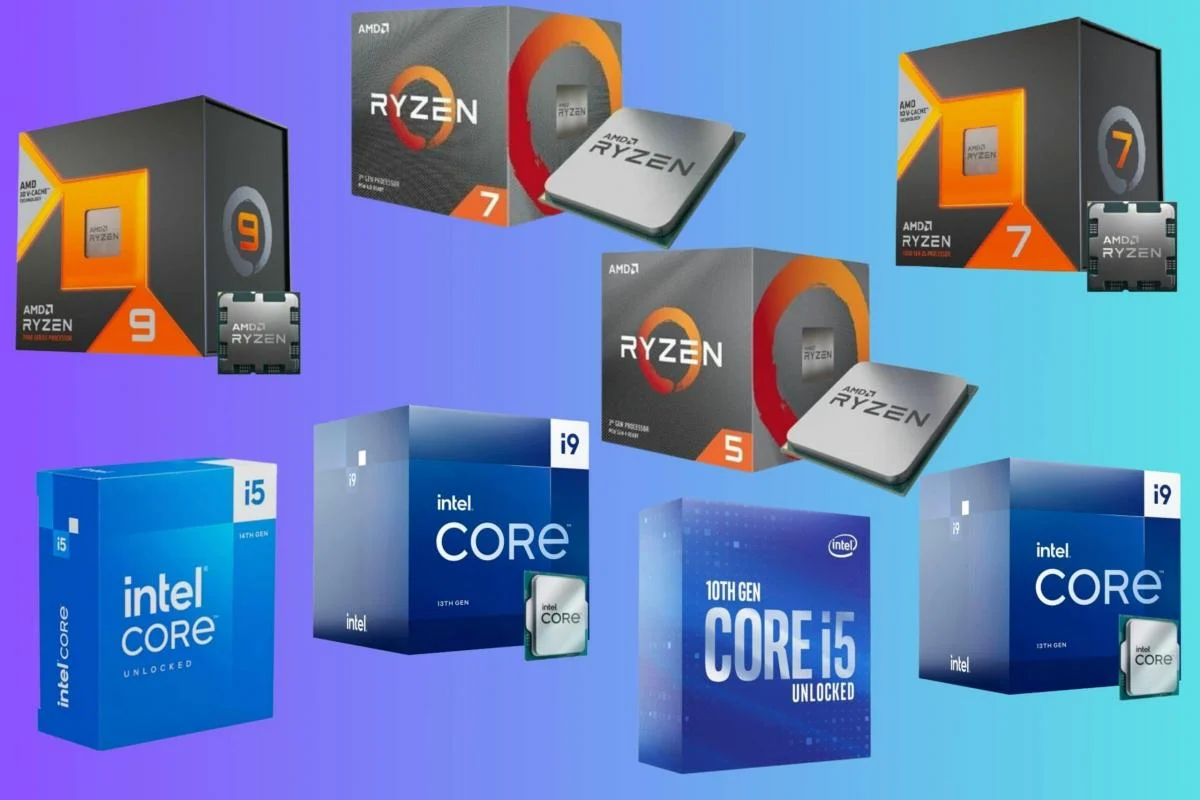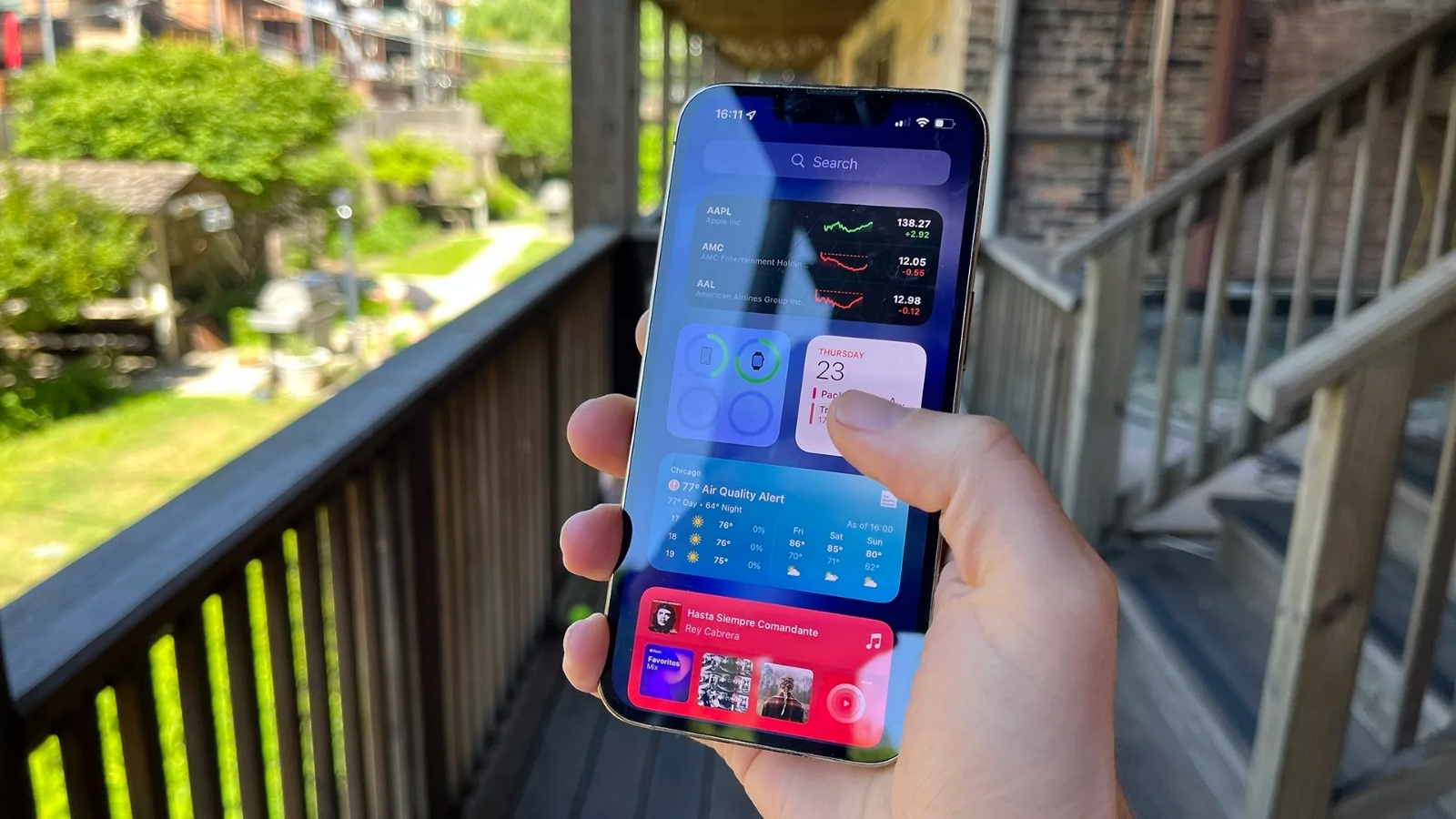Hello, everyone.
It was only recently that Apple made concessions for the European Union, allowing alternative app stores and other browser engines. For those unaware, all browsers on the iPhone operate on the same engine as Safari.
And thus, the first disappointed comments from representatives of Mozilla and Chrome followed. Representatives of both browsers emphasize that Apple’s approach is more for show than for the benefit of the cause.
Browser representatives are unhappy that Apple has allowed alternative browsers only in Europe. This implies that companies wishing to compete with Safari will have to develop and then maintain a separate browser version for Europe. In other words, it will be necessary to create a separate team and disperse resources.
Interestingly, both Mozilla and Chrome expressed outrage, but did not say they would not develop a separate version for Europe. It is quite possible they expect that following Europe, other countries will force Apple to reduce the monopolization of its ecosystem.
Thoughts on Apple Vision Pro
As with any new Apple product, the headset, which the company itself calls a spatial computer, has broken many lances. Some admire it, others condemn it.
You could literally twirl your finger at your temple watching videos of people walking in the headset on the street or even driving a car.
This, by the way, is a striking feature of modern global society, where there should be no uncertainty – either 100% yes or an emphatic no, with no shades of gray.
What I liked the most was the opinion of Casey Neistat (a YouTube blogger), who spent the whole day walking in the headset around New York. He correctly noted that Apple Vision Pro will be Apple’s worst augmented reality headset. It will only get cooler from here.
By the way, check out the video clip. The clip is funny, as the user’s behavior with the headset on looks ridiculous. Though, perhaps, it’s more accurate to say — unfamiliar. People look at all this with suspicion, giggling.
Why is the Apple Vision Pro concept poised for success?
Of course, there are about a dozen (or even more) different headsets on the market, but Apple has once again managed to stand out by offering a unique concept.
For example, on the Meta Quest* headset website, users are offered to either transport themselves into a virtual world where they need to beat a dragon, go to the metaverse to interact with other cartoon avatars, or do 3D modeling for work. In all promotional images, people are sitting at home or in the office, having cleared the space around them. What to say, if on the Meta Quest 3 headset page, a game Asgard’s Wrath 2 is mentioned as a lure, suggesting that the manufacturer is offering us an expensive toy.

Apple introduced the integration of the headset into everyday life. To outsiders, it might seem like someone wearing the Apple Vision Pro is completely isolated from the surrounding world. In reality, however, they can fully see and hear everything happening around them.
This is perhaps the coolest aspect of the Apple Vision Pro. The headset broadcasts in real-time everything that surrounds the user. Cameras on the headset capture the surroundings and display them before the user’s eyes. This means that a person wearing the headset can do exactly what they would do without it – skate on an electric skateboard down a busy street, play table tennis, ride a bicycle, or drive a car. The delay to reality is just 12 milliseconds.
To be fair, it’s worth noting that Meta’s headset* also transmits the surrounding reality, albeit slightly worse. Plus, this feature isn’t highlighted as much because its purpose is to allow the user to put on the glasses without tripping while walking to the couch.
The second point about integration is that, apparently, it’s comfortable to wear the Apple Vision Pro for extended periods. I’ve only had experience with Meta’s headsets*, and after about 20 minutes, I would start to feel queasy, my eyes would tire, and it would become hot and uncomfortable in the headset. With the Apple Vision Pro, people manage to walk around for several hours without feeling dizzy or eye fatigue. The latter point is doubly impressive considering that an OLED screen with a peak brightness of up to 5000 nits is located just millimeters away from the user’s eyes.

And so, we get a headset in which the user doesn’t feel disconnected from the world, which is comfortable to wear for a long time, and which allows for the accumulation of a bunch of virtual screens. Essentially, this is a dream for many. On the streets, people constantly walk and drive, glued to their smartphone screens. Here, it’s exactly the same, only the screens of multiple smartphones hang in the air right before your eyes. You can open Telegram, play some video, and keep hitting TikTok.
The main advantage of this multitude of screens is 100% privacy. No one knows exactly what you’re looking at, which websites you’re reading, or what pictures you’re viewing. For the metro, where people out of boredom stare at the screens of strangers’ smartphones, it’s just perfect. With Apple Vision Pro, everyone will just stare at you, wondering how such a pike from the Moskva River got out.
There’s a rule that any technology or gadget starts to work when the advantages of using it outweigh the disadvantages. And humanity’s love for staring at screens, consuming content, and doing it privately is exactly what Apple Vision Pro will capitalize on.
What Are the Problems with Apple Vision Pro?
The Apple Vision Pro encounters several issues that put a pause on its triumphant march across the globe.
Price
First and foremost, there’s the issue of price. Yes, there are many affluent individuals around the world who could potentially create a market for it. However, as the saying goes, “the king is made by his court.” No one would buy a huge 8K TV if the only thing available to watch was analog television. At launch, the headset has only 600 apps and a limited amount of content available, which is hardly sufficient.
For developers to create content, they need an audience. But even if Apple’s plans are successful and 1 million headsets are shipped within a year, this is still a very small market to develop content for.
However, if the headset demonstrates steady sales growth, developers with an eye on the future may start investing.
Clearly, the price must decrease in the future. Apple has currently released the Pro version of the headset. Logically, a basic version of Apple Vision without the Pro suffix might appear in the future. Perhaps there will even be an Ultra or Pro MAX variant.
To become a mass-market device, the price should not exceed $2,000.
Technological Development
The second problem with Apple Vision Pro is the insufficient advancement in technology. The current processor performance is not even enough to render the entire picture at once. If you watch video recordings from the Apple Vision Pro, you’ll notice that the image is sharp and clear only where the user’s eye is directly focused.
This also includes the fact that you need to walk around with a battery pack in your pocket. Moreover, benchmarks show that Apple Vision Pro, running on the Apple M2 and R1 chipsets, consumes three times more energy than the Snapdragon XR2 Gen 2, which powers the Meta Quest 3 headset.
Additionally, remember that the headset currently works only via Wi-Fi, which needs to be shared from a smartphone during city trips.
Size, Weight, and Style
And of course, there’s the matter of the device’s size, weight, and style. Apple has tried to make the Vision Pro a stylish gadget. Yet, it remains a bulky piece of glass and metal on your face. The device needs to become at least twice as light and one and a half times more compact. Even better if it could weigh as much as a flagship smartphone – 240 to 300 grams. Ideally, the headset should be as small as ski goggles.

Conclusions
However, even taking into account the aforementioned drawbacks, in my opinion, it’s clear that Apple has found what could make mixed reality headsets a mass-market product. Prior to the release of Apple Vision Pro, augmented and virtual reality headsets were used either for gaming (as a virtual attraction) or for professional tasks by designers and engineers.
Essentially, the situation is repeating itself. Once again, Apple has produced a gadget that isn’t uniquely innovative or light-years ahead of its competitors. Yet, everyone is talking and debating about it again.
The Meta Quest 3* headset is not significantly inferior to the Apple Vision Pro in terms of capabilities (the image is slightly worse because the resolution is not 4K, the colors are slightly worse because it uses LCD instead of OLED, etc.). However, Meta* lost in marketing because it positioned the headset as a device for gaming. Apple Vision Pro is the first headset designed for everyday use.
Here’s what might happen next. Apple used the most advanced technologies it had available. But there’s no unique technical know-how in the Apple Vision Pro. Meta*, by exerting some effort, could release its own literal equivalent. And the Chinese manufacturers could copy it (unlike Apple, Meta* uses widely available Qualcomm chipsets).
But by declaring it for everyday use, Apple could shift the entire headset category out of the niche for gaming and geeks, showing both users and manufacturers what and how things should be done. And in this, perhaps, lies the main virtue of the Apple Vision Pro – it brings such headsets to the masses. And Apple will have its own small piece of the market. Expecting the kind of dominance seen with the iPad or iPhone is definitely not reasonable.
(Although, if Apple suddenly manages to reduce the price to $2,000, then anything is possible. Remember, the very first iPhone initially flopped until its price was nearly halved. Maybe the same will happen here).










